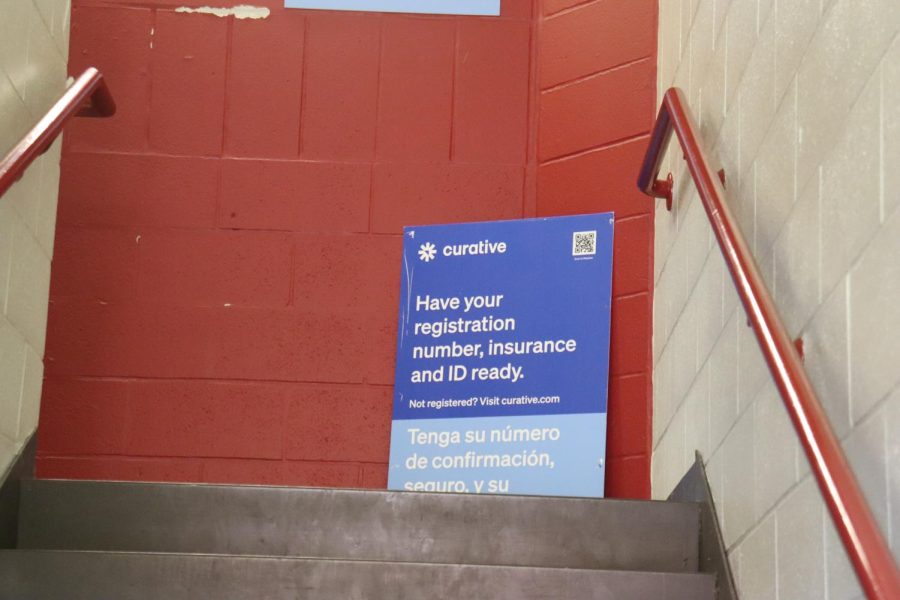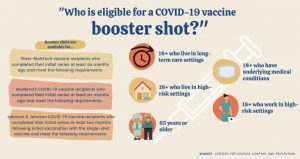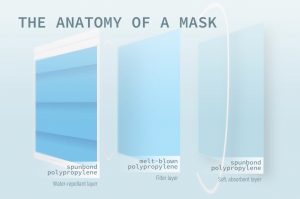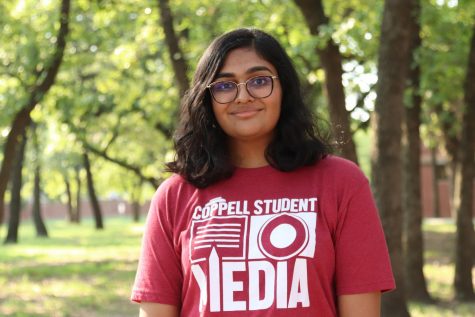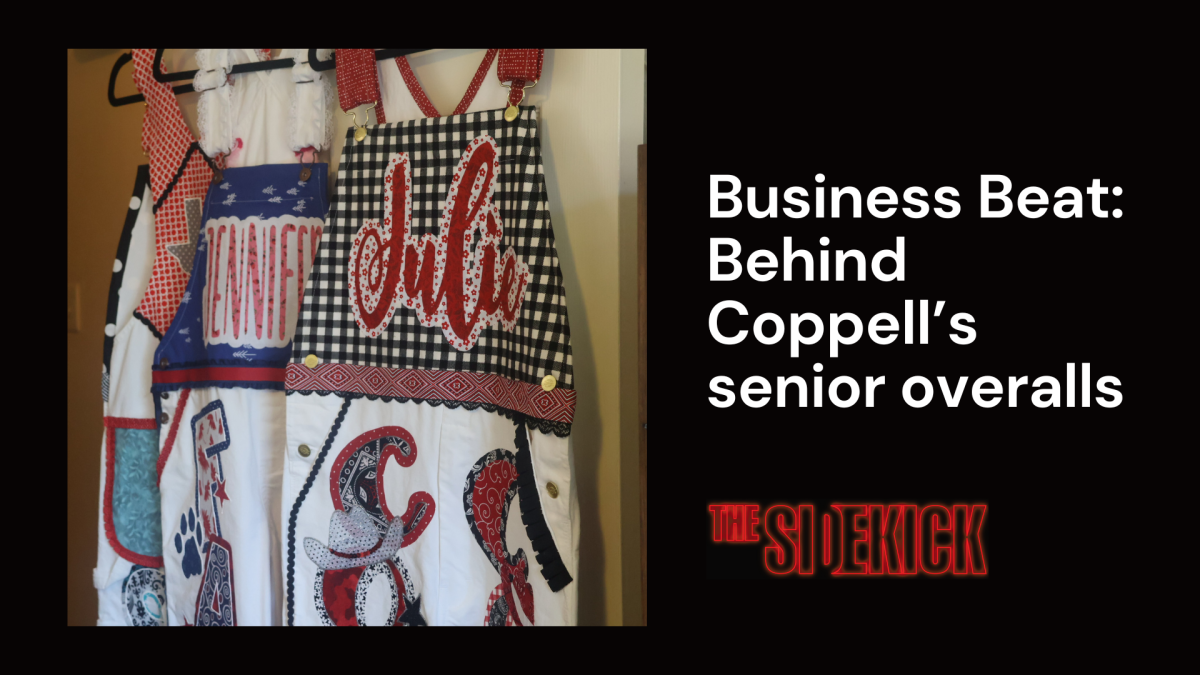Beginning 2022 with more positive (cases)
COVID-19 continues to mutate as testing ramps up
Appointment-only COVID-19 testing is available in the visitor’s side press box of Buddy Echols field. The Curative testing center is open from 7:30 a.m. – 4:00 p.m., Monday through Friday for patients of at least 5 years of age; minors between 5 and 17 years must have an adult accompany them.
January 10, 2022
During the first semester of the 2021-22 school year, one could say, hesitantly, that the pandemic seemed to be coming to a close. Largely maskless students filled the hallways of Coppell High School, talking about the latest viral TikTok video rather than the COVID-19 virus.
With the onset of the spring semester, though, things seem to be changing.
Last Thursday, the second day of the spring semester, the Coppell ISD COVID-19 dashboard reported 45 active cases in CISD students. This came after a district email reminding parents and staff of the Curative testing booth stationed at Buddy Echols Field (where COVID-19 tests are available for patients of at least 5 years of age; minors between 5 and 17 years must have an adult accompany them. Testing appointments are available from 7:30 a.m. – 4 p.m.), and reaffirmed that it will be continuing the cleaning procedures and use of air purifiers implemented previously.
Part of the responsibility for the rise in cases lies in the spread of new variants, namely the fifth COVID-19 variant: Omicron.
“People can still be infectious without showing signs and symptoms,” CHS health science teacher Ray Pool said. “It takes time enough to get sick, get the swab, get the test to say you’re positive, but wait a minute, this looks weird, this looks different from other COVID-19 infections, so we need to take a minute to analyze this, do genome testing – all time gives people a chance to spread a new variant.”
In addition to the ease with which new variants spread, they are also more complex, and therefore more difficult to fight off.
“When they say variants, they’re talking about changes on the spike protein,” Pool said. “The spike protein is like a hook that attaches to the cell, so that the genetic material can go through and pick up new things. In evolution, it’s going to try to get better and better. And what the vaccine does is create antibodies to prevent the spike protein from being able to bond. It literally blocks that site so that it can’t attach to the cell. But with more mutations to the spike protein, you’re going to need more antibodies and therefore more vaccines.”
The concept is similar to that of the yearly flu shot, meant to counter new strains of the flu virus that mutate over the course of a year. There are currently two rounds of vaccination available for COVID-19 – the original shot or shots, depending on the company, and the booster shot. As the virus mutates, though, more protection may be necessary. And with youth hospitalizations due to COVID-19 rapidly rising, vaccine companies race to prepare to make “variant vaccines,” which stands to indicate that in some shape or form, COVID-19 will be with us for quite some time yet.
Follow @anjuvishwanath and @CHSCampusNews on Twitter for more.



